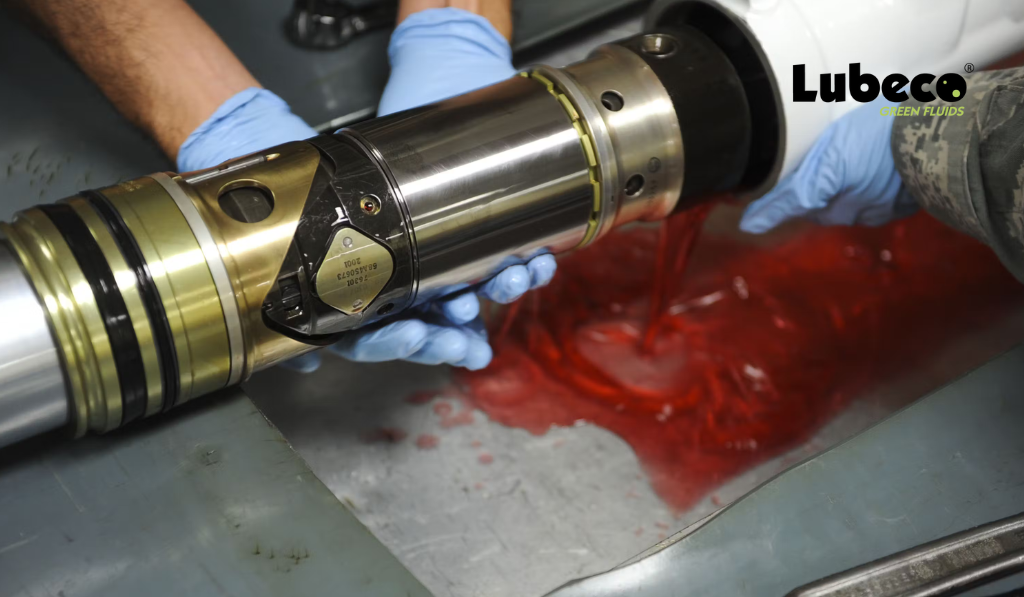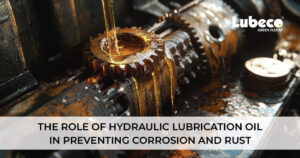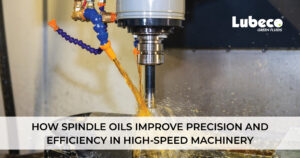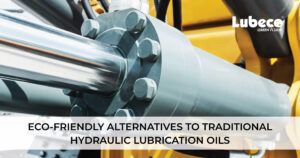Hydraulic systems play a crucial role in various industries, powering machinery and equipment essential for day-to-day operations. However, contamination in hydraulic systems can lead to malfunctions, equipment failures, and costly repairs.
To ensure optimal performance and longevity of hydraulic systems, it’s essential to combat contamination effectively. In this blog, we’ll discuss five essential steps to tackle contamination in hydraulic systems.
1) Maintain Clean Fluid
The cleanliness of hydraulic fluid is paramount in preventing contamination. Regularly monitor fluid levels and condition, and replace or filter the fluid as needed. Use high-quality hydraulic fluid with the appropriate viscosity and additives to minimize wear and tear on system components. Implement a proactive maintenance schedule for fluid replacement and filtration to ensure optimal cleanliness levels at all times.
2) Filter Hydraulic Fluid
Installing effective filtration systems is key to removing contaminants from hydraulic fluid. Select filters with the appropriate micron rating to capture particles of various sizes, including dirt, debris, and moisture.
Consider using multiple stages of filtration to achieve finer particle removal and extend the lifespan of hydraulic components. Regularly inspect and replace filters according to manufacturer recommendations to maintain optimal filtration efficiency.
3) Seal System Components
Proper sealing of hydraulic system components is essential to prevent external contaminants from entering the system. Inspect seals, O-rings, and gaskets regularly for signs of wear, damage, or degradation, and replace them as needed.
Ensure that all access points, such as reservoir caps and breather vents, are adequately sealed to prevent moisture and airborne particles from infiltrating the system. Additionally, use compatible seal materials and lubricants to minimize friction and prevent premature seal failure.
4) Implement Contamination Control Practices
Establishing contamination control practices is crucial to prevent contamination from entering hydraulic systems during maintenance and operation. Train personnel on proper handling and storage procedures for hydraulic fluid, filters, and system components to minimize the risk of introducing contaminants.
Implement strict cleanliness protocols in work areas, including regular equipment cleaning, tool maintenance, and personal protective measures to prevent contamination transfer.
5) Monitor System Performance
Regular monitoring of hydraulic system performance can help detect contamination issues before they escalate into costly problems. Implement condition monitoring techniques such as fluid analysis, particle counting, and component inspections to identify early signs of contamination or wear.
Utilize advanced diagnostic tools and predictive maintenance technologies to pinpoint potential sources of contamination and address them proactively. Additionally, track system performance metrics over time to identify trends and make informed maintenance decisions.
Conclusion
In conclusion, combatting contamination in hydraulic systems requires a proactive and multi-faceted approach. By maintaining clean fluid, filtering hydraulic fluid effectively, sealing system components, implementing contamination control practices, and monitoring system performance, you can minimize the risk of contamination-related issues and ensure the reliability and longevity of hydraulic systems.
Remember, prevention is key when it comes to contamination control, so prioritize regular maintenance and adherence to best practices to keep your hydraulic systems running smoothly.

